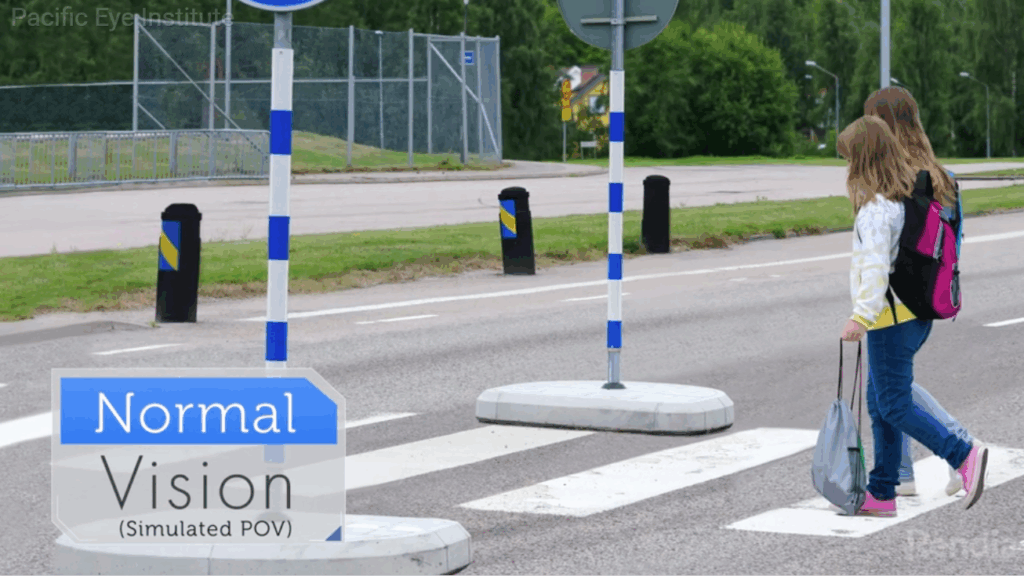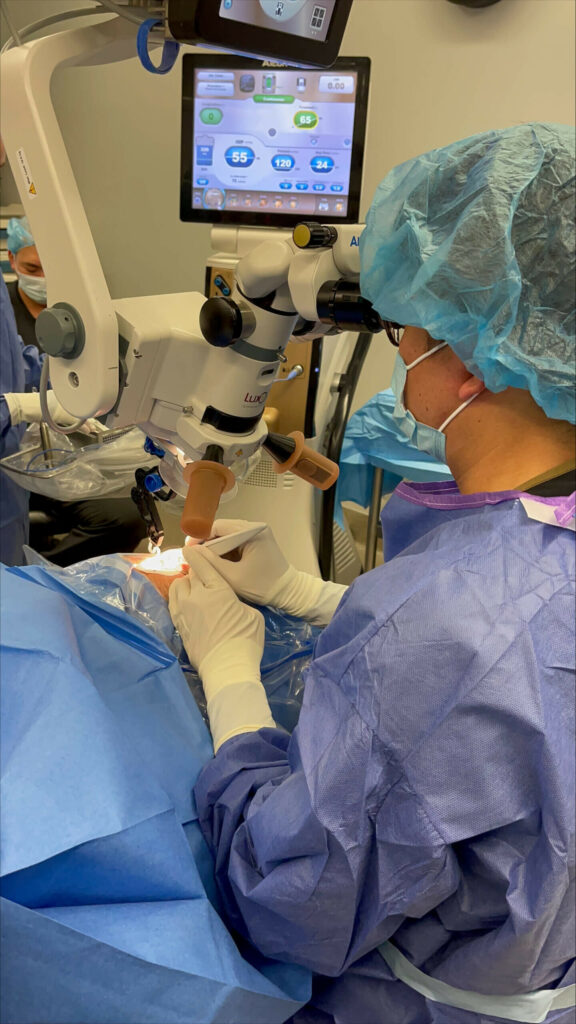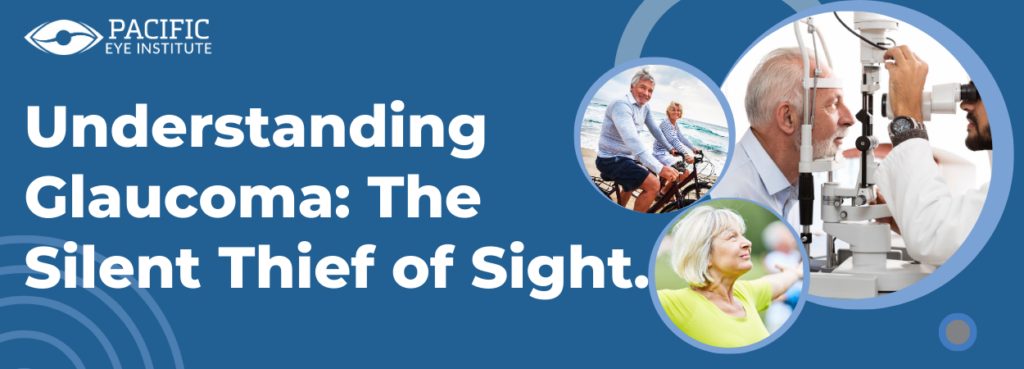Did you know that more than 3 million Americans are living with glaucoma—and only half of them know it? According to the American Academy of Ophthalmology (AAO), glaucoma is the second leading cause of blindness worldwide, often progressing without warning signs.
If you live in the Inland Empire, especially near Eastvale, Upland, Rancho Cucamonga, or Colton, understanding glaucoma and getting screened early could be the key to protecting your vision.
What Is Glaucoma?
Glaucoma is a group of eye diseases that damage the optic nerve—the part of your eye responsible for sending visual information to your brain. This damage is often linked to high intraocular pressure (IOP), but glaucoma can occur even with normal eye pressure.
The most important thing to know? Vision loss from glaucoma is permanent—once it’s gone, it cannot be restored. That’s why early detection is critical.
Symptoms of Glaucoma
In its early stages, glaucoma usually causes no noticeable symptoms. As the condition progresses, symptoms may include:
- Gradual loss of peripheral (side) vision
- Tunnel vision in advanced stages
- Blurred vision
- Seeing halos around lights
- Red eyes
- Severe eye pain (especially in angle-closure glaucoma)
- Headaches, nausea, or vomiting


Fact: The Glaucoma Research Foundation reports that most people with open-angle glaucoma (the most common type) don’t notice vision loss until 40% of their optic nerve is damaged.
Causes & Risk Factors
While glaucoma can affect anyone, certain factors can increase your risk:
Causes:
- Increased intraocular pressure (IOP)
- Blocked or malfunctioning drainage angle
- Reduced blood flow to the optic nerve
- Secondary conditions (inflammation, trauma, or tumors)
Risk Factors:
- Age 60+ (or 40+ for African Americans)
- Family history of glaucoma
- Diabetes, high blood pressure, or cardiovascular disease
- Thin corneas
- Long-term corticosteroid use
- Severe nearsightedness or farsightedness
When Should You See an Eye Doctor?
You should schedule an eye exam immediately if you experience:
- Sudden vision changes or blurry vision
- Loss of peripheral vision
- Severe eye pain or pressure
- Redness in the eye that doesn’t go away
- Seeing halos around lights
- Headaches with nausea or vomiting
Even if you don’t have symptoms, regular eye exams are essential—especially if you’re over 40, have a family history of glaucoma, or have health conditions like diabetes or high blood pressure.
Take Our Glaucoma Self-Test
Not sure if you’re at risk? Our Glaucoma Self-Test is a quick, simple way to check your symptoms and risk factors from home. It’s not a substitute for a professional eye exam, but it can help you decide if it’s time to schedule a glaucoma evaluation.
Advanced Glaucoma Technology
iDose® – Long-Term Medication Delivery (Insurance-Specific)
Some patients may also be eligible for iDose®, a tiny implantable device that delivers glaucoma medication inside the eye for months or even years. Unlike daily eye drops, iDose® continuously releases medicine to maintain consistent eye pressure control.
- Ideal for patients who struggle with daily drop routines
- Helps maintain steady medication levels for improved results
- May be an option for patients with certain insurance coverage—availability depends on individual plan approval
Durysta®
Our Eastvale location is recognized as a regional leader in glaucoma diagnosis and treatment. Patients from across the Inland Empire trust our glaucoma specialists for personalized care and access to the latest treatment innovations. One of our most advanced options is Durysta®, a non-drop treatment for open-angle glaucoma and ocular hypertension. Here’s why it’s a game-changer:
- Sustained-release technology: A tiny biodegradable implant delivers medication directly into the eye for several months.
- No daily drops needed: Many patients enjoy freedom from the hassle of remembering and administering eye drops.
- Proven medication: Contains bimatoprost (brands: Latisse®, Lumigan®) to effectively lower eye pressure.
- Gradual absorption: The implant safely dissolves over time while continuing to protect your optic nerve.
By offering Durysta® alongside traditional treatments, laser therapies, and minimally invasive glaucoma surgery (MIGS), we ensure our patients have multiple options tailored to their needs and lifestyles.
Conclusion
Glaucoma may develop quietly, but its effects on your vision can be permanent and life-changing if left untreated. The good news is that with early detection and access to advanced treatments like Durysta® and iDose® (insurance-specific), it’s possible to slow or even stop the progression of the disease.
At Pacific Eye Institute – Eastvale, our glaucoma specialists are committed to helping you preserve your vision with state-of-the-art technology, personalized treatment plans, and compassionate care.
If you are experiencing any signs of glaucoma such as blurred vision, halos around lights, or loss of side vision—schedule a consultation immediately. Your eyesight is too important to wait.
Call (800) 345-8979 today to book your glaucoma screening and take the first step toward protecting your vision for years to come.
What our Glaucoma patients says about us:
“Dr Edward Yung is a very professional caring ophthalmologist. He is specialized in glaucoma. He is very detailed oriented, thoughtful and analytical. He is taking a logical, root-cause approach to understanding eye condition. I highly recommend Dr. Edward Yung!”












